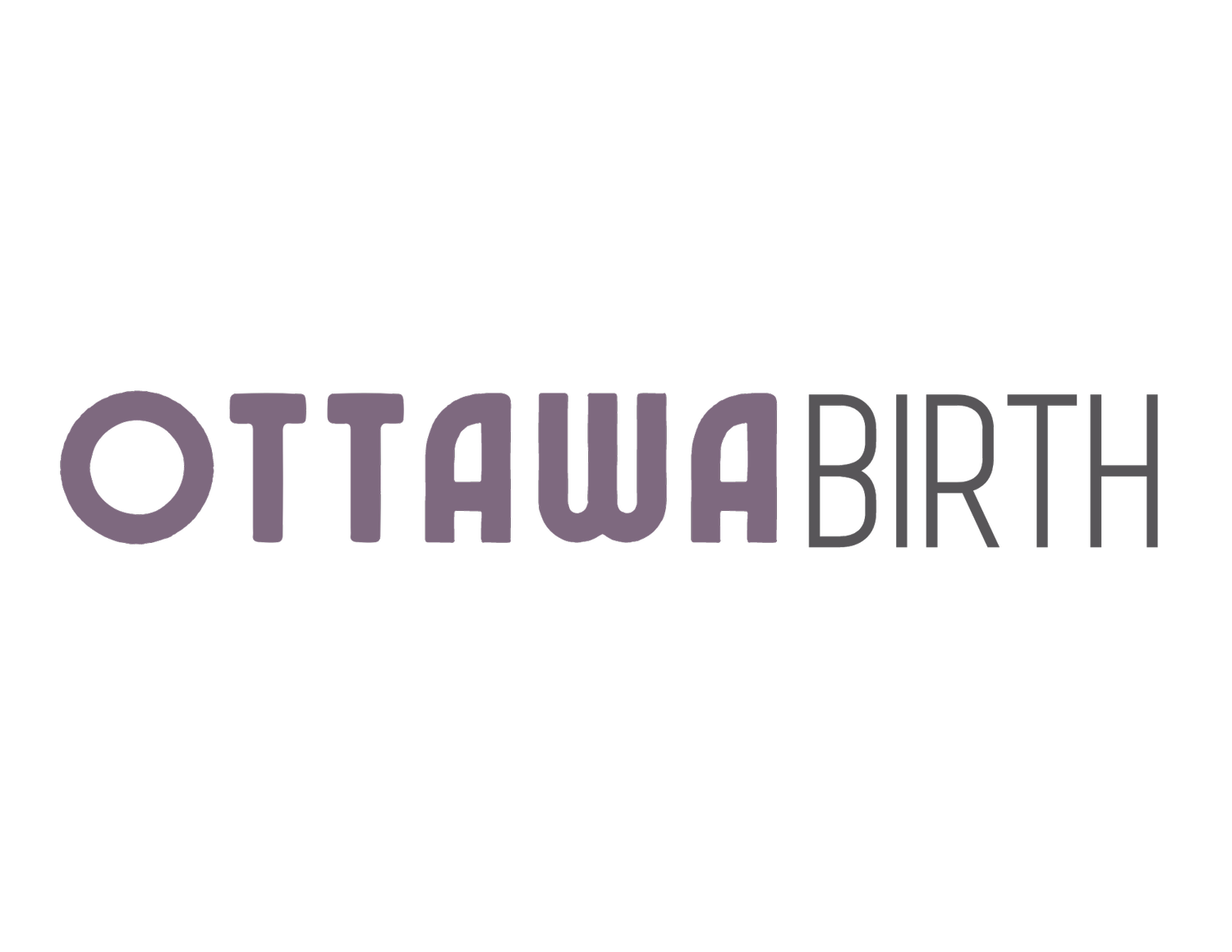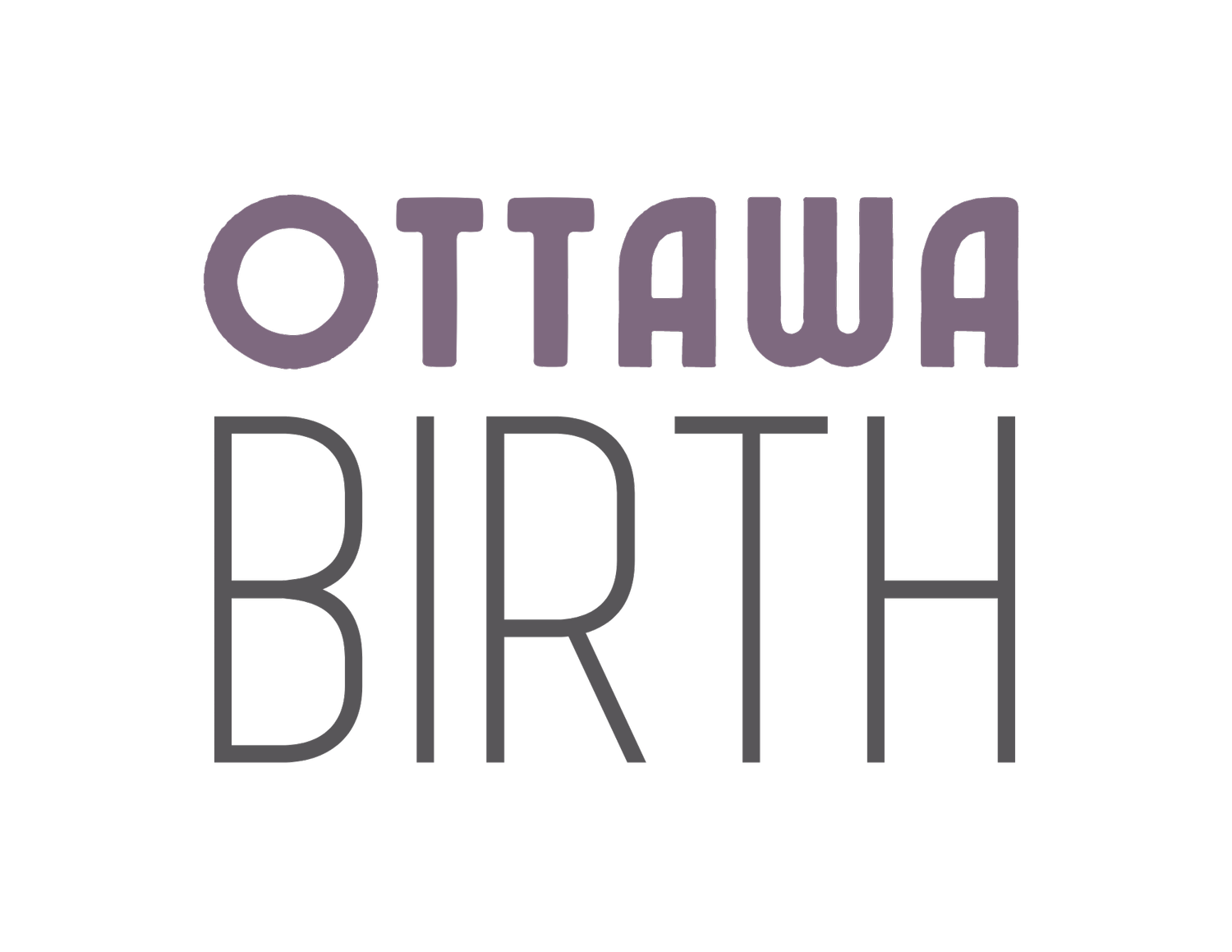Vaginal Birth After Cesarean (VBAC)- What you need to know when planning your VBAC in Ottawa.
Are you pregnant and planning on a VBAC? Congratulations! Ottawa has a great network of maternity care professionals who can support you through your VBAC experience. This blog post will provide some information and resources that are available to you. Read on for more information.
What is a VBAC, and why might you want one?
A vaginal birth after cesarean, or VBAC, is when a woman who has previously had a baby via C-section opts to attempt a vaginal birth for her next child. There are several reasons why a woman might choose to have a VBAC. Including vaginal births tend to have a shorter recovery and are less painful than C-sections. They also come with a lower risk of infection and complications. In addition, vaginal births allow the mother to avoid having surgery and the potential risks that come with it. And finally, some women simply feel more comfortable giving birth vaginally. If you're considering a VBAC, discuss it with your care provider to see if it's right for you.
How do you go about planning for a VBAC, including finding the right provider and deciding where you’d like to give birth?
Planning for a VBAC can be a bit overwhelming, but it’s definitely possible to have a VBAC. The first step is finding the right provider. You want to make sure that your provider is supportive of VBACs and has a good success rate. You can ask your friends or other moms who have had VBACs for recommendations, or you can search online for providers in your area. Ottawa has an ICAN (International Cesarean Awareness Network) chapter, and many people are willing to share who their provider was and how supportive they were. You can have an Obstetrician, Midwife, or a family Doctor who attends births.
The next step is deciding where you want to give birth. If you are with a Doctor, the hospital they have privileges at is the only option. If you are with a Midwife, you have the option of giving birth at home, at the birth centre, or hospital.
Planning for your VBAC
Once you’ve found a provider and location that you’re comfortable with, you can start making your birth plan. This should include your preferences for labour and delivery, as well as what you would like to happen after the baby is born. I also recommend adding any preference for what you’d like to happen should you need a cesarean. Another thing to plan for is who will be by your side for labour. Having your partner as well as a Doula can be very helpful to ensure you always have people by your side who support you and believe in you! Planning for a VBAC takes time and effort, but it’s definitely worth it!
What are the risks of a VBAC?
While a VBAC can be a safe option for many women, there are some associated risks. One of the most serious and talked about risks is uterine rupture. This occurs when the scar from the previous cesarean section tears open during labour. While this is rare, with only about 1 in 200 people, it can be life-threatening for both mother and baby. It’s important to note that the vast majority of uterine ruptures are not catastrophic. It’s important to discuss the risks of both a cesarean and a VBAC with your provider before deciding on what is best for you.
And finally, some words of encouragement for those wanting a VBAC!
Vaginal birth after cesareans happens 70-80% of the time. In order to achieve your goal of a VBAC, it is very helpful to be well-informed and have a great support team. You will need a strong advocate by your side throughout your journey. The thing to remember is that you are not alone, there are many women just like you who have had VBACs! VBACs are possible, and you can achieve your goal of a vaginal birth!
If you are thinking about having a VBAC, we urge you to reach out for support. A Doula can provide invaluable emotional and physical support during labour and birth. Doulas understand the process of giving birth and can help to make your experience as positive as possible. Don’t go through this alone – let us be there for you.


